Further to our earlier communication on the camera installations the following represents the latest update.
Amount raised to date
As at 27 October 2023 we have raised a total of R31 300.00 towards the street camera initiative. This is comprised of the following contributions:
| Contribution | No. of contributors | Value of Contributions |
| R 250.00 | 30 | R 7,500.00 |
| R 300.00 | 2 | R 600.00 |
| R 500.00 | 18 | R 9,000.00 |
| R 750.00 | 2 | R 1,500.00 |
| R 1,000.00 | 5 | R 5,000.00 |
| R 1,200.00 | 1 | R 1,200.00 |
| R 1,500.00 | 1 | R 1,500.00 |
| R 2,000.00 | 1 | R 2,000.00 |
| R 3,000.00 | 1 | R 3,000.00 |
| Total | 61 | R 31,300.00 |
The fund-raising effort will continue throughout 2023 to raise the revenue needed for additional cameras.
Networking of cameras
We have previously addressed the use of the solar V380Pro camera which uses either the local resident’s internet access via Wi-Fi or a SIM card which requires monthly data purchases.
The solar cameras do not allow for continuous streaming to a control room, whether in terms of
- Battery life when solely powered through solar
- Continuous live streaming on a local resident’s internet connection. If the resident is livestreaming on MS Teams or Zoom or streaming movies the cameras will be disconnected due to lack of bandwidth.
- Extended data usage on a SIM card.
While the V380Pro cameras do allow for a control room function, the operator will need to receive camera alerts and then access the particular camera or series of cameras and live stream them for a period of time, ensuring that battery life is not depleted.
Limitations of the V380Pro
The V380Pro SIM version is financially unviable since either the resident on whose property the camera is placed will be required to purchase monthly data bundles or the community will be requested to contribute towards these payments each and every month in perpetuity.
In respect of the V380Pro Wi-Fi version, not every resident at whose property the cameras would be ideally located have internet access. Even if this where the case, they would still need to purchase a Wi-Fi receiver (see photos below) at an estimated retail price of R1430 – R1600.00 along with cabling (R200 – R300) and a PoE Injector power source (estimated at R762) and a router / switch (some households only use the pocket Wi-Fi router which does not have an ethernet link). The Wi-Fi options also requires electricity for the internet connection.
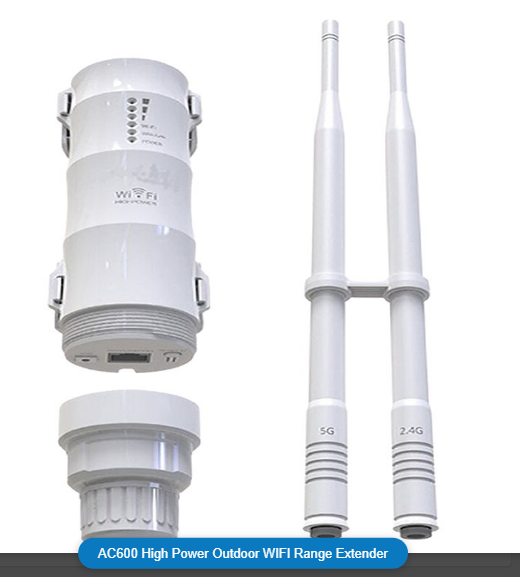
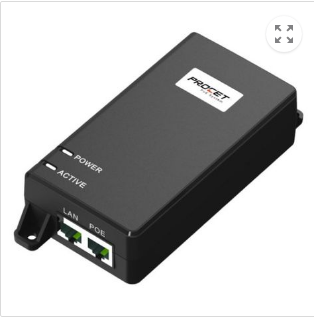
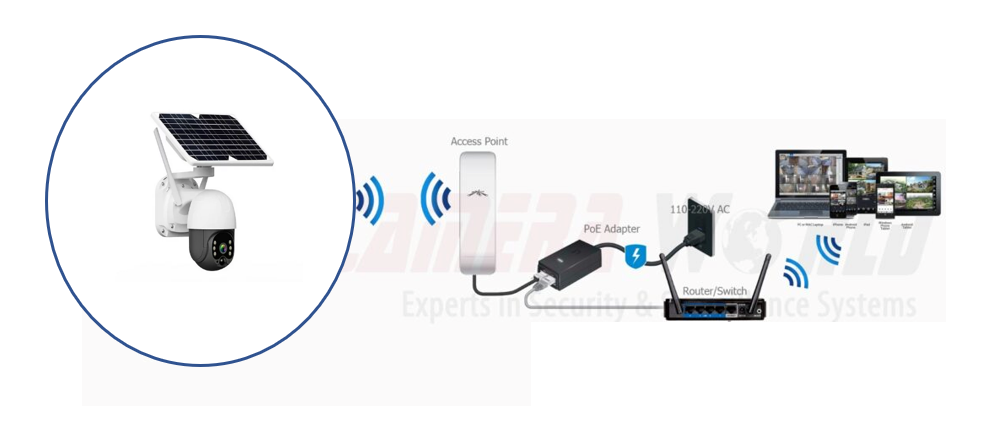
- The solar V380Pro does not allow for continuous live streaming.
- The imagery at night is not ideal. Most vehicles are barely recognisable and human traffic does not provide sufficiently clarity even with photo editing.
- The three gate motor thefts in Bodley Road this last week, two of which were less than 100 metres away from the camera located at L39 Bodley Road showed no movement or alerts.
Here are some video clips to demonstrate these points. Even so, the V380Pro when connected to a power source can remain an option.
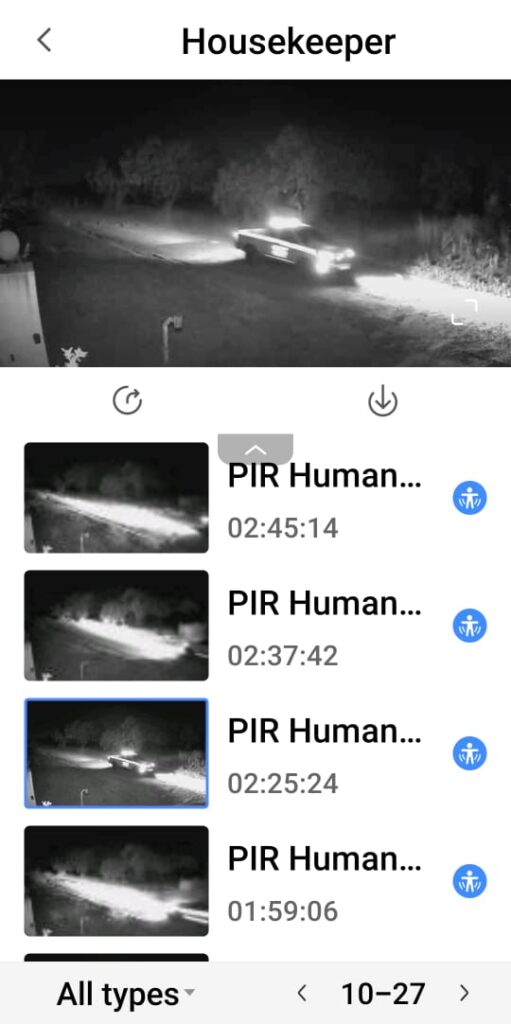
Alternate camera options and networking
We have approached NewWave to look at options of connecting to their network. They have various high sites in Laezonia and Doornrandje with the primary high site located at D111. The high site at D111 will allow for most areas in Laezonia and Doornrandje to have access to this network.
This setup requires the following:
Direct power connection. The option being provided to us by NewWave will include a battery backup which they assure will provide 4 – 5 hours of storage. We will be requesting residents on whose property the cameras will be located to provide us with a power connection. It will be an insignificant cost to their Eskom bill.
A radio / dish or transmitter (see photos below). This will be provided by NewWave with an estimated costing of under R2000 per radio (depending on the location of the camera the larger radio may be needed). The radio requires electricity. The same electricity supply will power the camera(s) via the switch. Since the radio requires electricity the debate concerning solar cameras vs electricity powered cameras becomes a secondary consideration provided there is a battery backup.

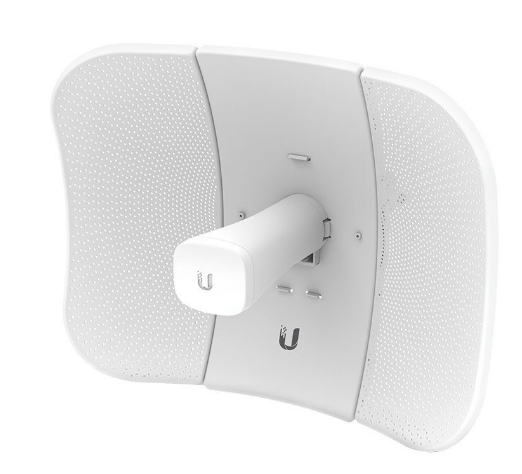
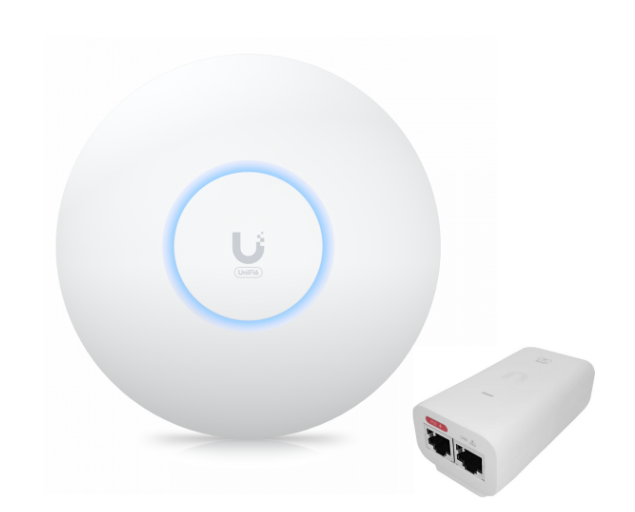
A four-port switch (see photo below). This port will provide current to the radio and power between 1 and 3 cameras per pole.
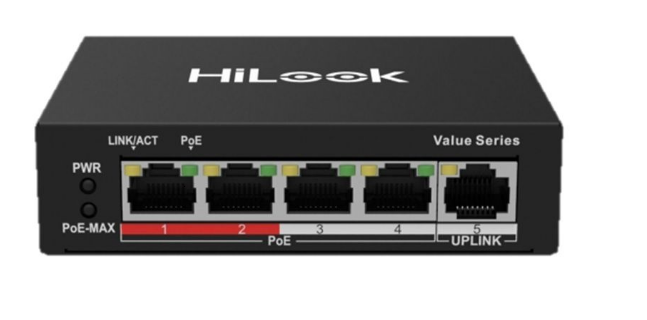
Network video recorder (NVR)
This setup will initially require a 16 Channel NVR (see photo) for control room purposes. This cost will need to covered by the DLSSF using the funds raised to date. The estimated cost of the NVR is about R4 000.00. As we increase the camera density within this sector to 32 cameras or more, additional NVR’s will need to be purchased. The 64 channel NVR is currently out of our price range, retailing for just under R40 000.00.

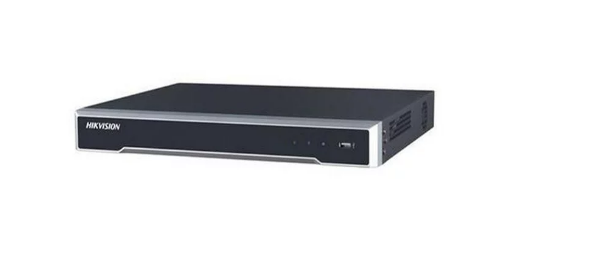
The option of using NewWave has the following benefits:
- Residents will not be required to pay the for internet access on the Wi-Fi option or data using the SIM option.
- There will be a single cost payable monthly to NewWave which will need to be funded by the community or a volunteer resident via the DLSSF.
- The monthly electricity cost to a resident is insignificant other than perhaps the once off cost of electrical cabling to the radio (and switch) and must be funded by the resident. At a later stage these Eskom connections can be supplemented by an inverter or backup power supply.
- Technical support will be provided by NewWave when needed.
Status of discussions with NewWave
After some initial delay for reasons beyond our control, we met with NewWave on 27 October 2023 at 12:00, to discuss the roll out of 4 cameras. These will be located at:
- Pretorius / R114 roads entrance
- Bodley / Main road entrance
- Main / Boundary road entrance
- Skyview entrance
We currently have V380Pro cameras at the entrance to Gemstone so this installation will be delayed.
The Wi-Fi V380Pro camera at L39 will be relocated to Lewis / Aletta / Francina to a resident with an internet connection.
NewWave will provide us with a costing early next week. We are also having an online discussion with NewWave on Saturday 28 October 2023.
Is NewWave the only option?
There are other providers in this sector which include Gironet, Voice and Data, Micro Link(?) and possibly others. Once we have the setup configuration for the trial installation, we will request blind quotes from competitors for four days after receiving the NewWave quotation. The costing provided by NewWave will not be disclosed to competitors who wish to bid for this camera initiative. Once the four days have expired, we will publicly announce the preferred provider, the costing and commence installation.
For purposes of this overview we will still however refer to the “NewWave” option to demonstrate the installation we are seeking.
Testing of cameras at key entrance points
We will be testing three variations of cameras.
The WiFi V380Pro options (we have 1 camera available for testing the connection to NewWave using the radio network).

The Hikvision Acusense 4MP IR Fixed Bullet Network Camera powered by Darkfighter 80m Night Vision (see image below). The retail price is, R2399 (via Makro) R2795 (via Security Wholesalers) or R3 250 (via CCTV Direct). This camera option is ideal for Pretorius, Gemstone and Skyview which only need to point in one direction. Two additional cameras could be added at a later stage per radio point (for example, looking down Bundu, and one camera pointing up and down the R511). Also referenced as the Hikvision DS-2CD2T46G2-4I Pro Series AcuSense 4MP IP67 IR IP Bullet Camera, 4mm Fixed Lens, 80 m Light Range, White.
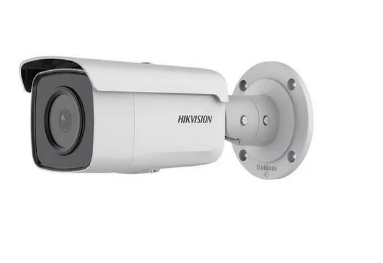
The HiLook by Hikvision 4MP IP Dome camera, IP67. 30m IR (see image below). The retail price is R1900 (via Security Wholesales) or R1450 (via CCTV Direct). We would like to explore this camera option to determine if the imagery is an improvement on the V380Pro. There is a cheaper option with 2MP and 20-30m IR retailing for around R1300 (via Makro) but image quality would be lower.
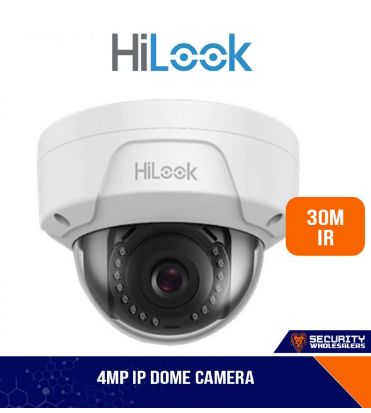
These latter two cameras will be funded by the one resident who has contributed R3000 to date with the shortfall of R849 being contributed from collections made to date.
The significant variation in pricing from one supplier to another is a concern. The DLSSF or some other entity will explore options of becoming a supplier itself to purchase directly from wholesalers.
What will this configuration look like?
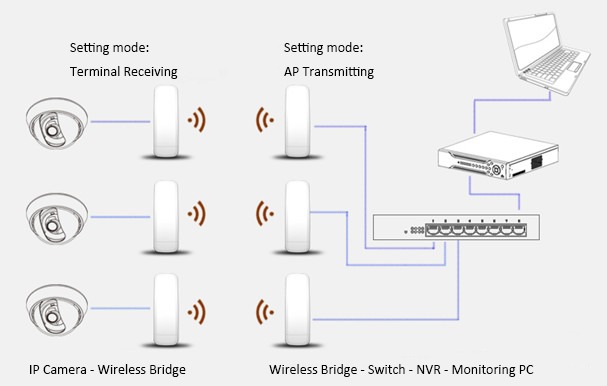

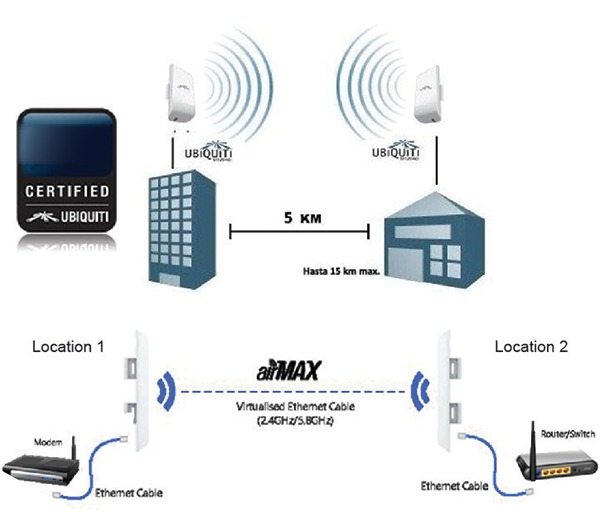
If the Hikvision bullet and dome cameras prove their worth then we would encourage residents to use the same make of cameras for their street facing cameras, allowing us to supplement the existing network of cameras and densify the penetration of cameras.
Once this initial setup has been configured and being tested we will once more look for additional funding to increase the number of cameras and radios we are able to install at each road intersection as well as bullet cameras along each road. The occasional tree may need to be trimmed to ensure clear line of site between the radio and the high site.
Other areas will be covered using the solar PIR Alarms we are all now familiar with. Solar PIR alarms will also be placed at each camera location.

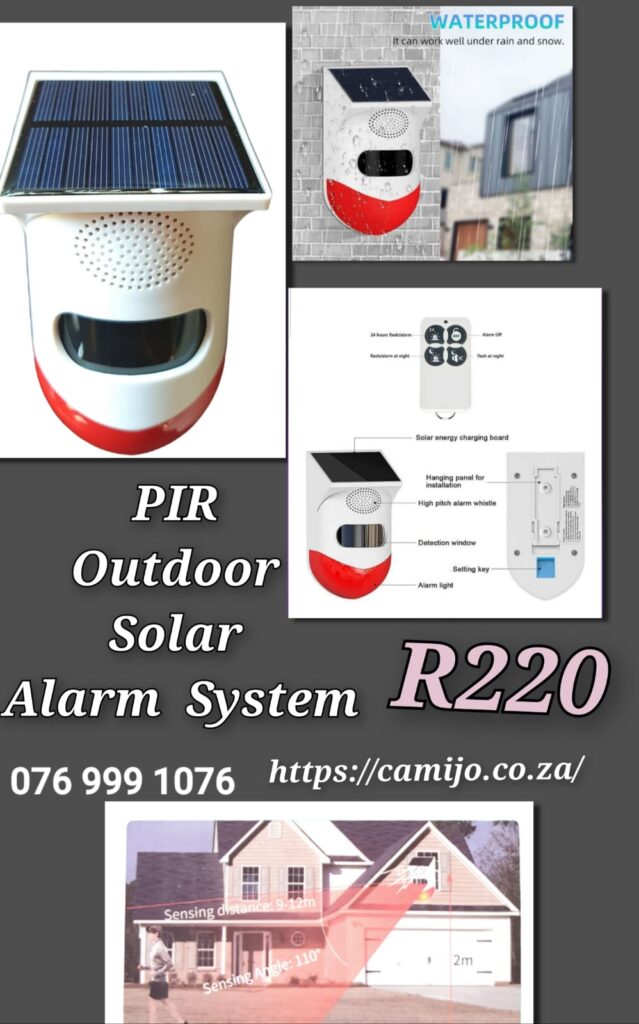
Views: 19


2 responses to “Camera Status Update”
Thank for all the info. My one concern is the company New Wave. The main director/owner has relocated to the cape and is very involved in a new business which is totally unrelated to the current business. My feeling is new wave may go through difficult times and in fact may close this how ever is just an opinion. I think a company who is also currently in the area and is able to supply and support the system should be used. Using escom is going to be a problem that I am quite sure of . The use of solar is definitely the route to go and solar has advanced dramatically there should be a viable solution for our use.
Correct, the owner of NewWave has relocated to the South but the NewWave infrastructure here is considerable with locally based tecnhicians.The owner and his technicians have remained engaged throughout this project. The other providers will be afforded the opportunity to quote as noted above. It must be noted that even the relay towers of these other providers rely on electricity and none have as yet installed solar charging.
The only 100% solar option are the solar V380Pro cameras (or other variants) which use SIMs. This would require monthly data purchases for each camera of about R100 per camera (e.g. R100 per month x 40 cameras = R4 000,00 per month which residents will need to pay for). Of course even SIM Cameras need to rely on the Vodacom, MTN or CellC towers functioning during loadshedding, which is often not the case whether due to extended loadshedding or battery theft.
Any system which uses radios / dishes to transmit data will need electricity and battery backups. The solar systems needed to power these are for now out of our price range. It will be cheaper in the short term to budget for battery backups (similar to gate motor battery backups) for those loadshedding periods.
Loadshedding at Stage 8 or beyond will render even the solar SIM cameras useless as the cellular network will collapse during these periods. Time then, to train the homing pigeons.